Allison 1000 & 2000 Gen 4 Fault Codes: U2105 CAN Bus ECM Error
CIRCUIT DESCRIPTION:
J1939 is the protocol currently used in medium duty applications to allow communication between an electronically-controlled engine and the OEM transmission. A signal is sent over a two-wire network harness that incorporates two 120 Ohm resistors in parallel. There are two versions of J1939 currently in use in the medium duty market. Version J1939-11, the most widely used, incorporates a third shield wire. There is also J1939-15, which uses a two-wire connection without shielding.
CONDITIONS FOR RUNNING THE DTC:
1. The components are powered and ignition voltage is greater than 9V and less than 18V (12V TCM) or greater than 18V and less than 32V (24V TCM).
2. Engine speed is greater than 200 rpm and less than 7500 rpm for 5 seconds.
CONDITIONS FOR SETTING THE DTC:
DTC U0100 is set when the TCM detects that no engine torque or throttle messages are being received on the Controller Area Network (CAN) backbone harness for 3 seconds or more.
ACTION TAKEN WHEN THE DTC SETS:
1. The CHECK TRANS light illuminates.
2. DTC U0100 is stored in the TCM history.
3. The TCM defaults to last-used adaptive shift values and engine throttle percentage is calculated from torque converter slip speed.
4. The TCM freezes shift adapts (DNA).
CONDITIONS FOR CLEARING THE DTC/CHECK TRANS LIGHT:
A Scan Tool may be used to clear the code from the TCM history. The TCM automatically clears the DTC from the TCM history if the vehicle completes 40 warm-up cycles without the DTC recurring.
DIAGNOSTIC AIDS:
1. Often an active U0100 will prevent Scan Tool communication with the TCM. Install J1939 T-adapter harness J 43890 to confirm that the TCM is operational. This harness is only useful to confirm that the TCM is able to communicate with the Scan Tool. An active U0100 will be set whenever J 43890 is used.
2. When Scan Tool communication with the TCM can be established at the nine-pin vehicle connector and the U0100 is active, generally it points to an open connection at wires 129 or 132 at the ECM or a terminal in the wrong location at the engine ECM connector.
3. Engine ECM parameters improperly set can cause this DTC to set.
4. A missing terminating resistor can cause this DTC to set. This will prevent Scan Tool communication with the TCM or produce very erratic communication.
5. If DTC U0100 becomes active shortly AFTER an engine update and the troubleshooting procedure for U0100 has been performed.
Inspect the wiring for poor electrical connections at the TCM. Look for the following conditions:
1. A bent terminal.
2. A backed-out terminal.
3. A damaged terminal.
4. Poor terminal tension.
5. A chafed wire.
6. A broken wire inside the insulation.
When diagnosing for an intermittent open, massage the wiring harness while watching the test equipment for a change. It may be necessary to check for opens at individual wires within a harness to isolate an intermittent condition. Refer to Wire Check information.
You may have to drive the vehicle in order to experience a fault. Use the data obtained from failure records to determine transmission range and/or certain vehicle operating variables such as temperature, run time, etc. This data can be useful in reproducing the failure mode where the DTC was set.
Intermittent cycling of the TCC could indicate a J1939 wiring problem exists. It is possible to have an open condition at the CAN backbone harness allowing TCC to cycle without a U0100 setting. For a U0100 to set, an open condition needs to be present for 3 seconds.
For proper data communications, it is necessary to have two 120 Ohm resistors installed in parallel at the J 1939 CAN backbone harness.
If this DTC is present in new vehicle, harsh shifting may occur due to adaptive function inhibit (DNA).


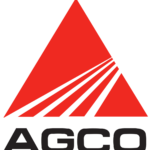 AGCO
AGCO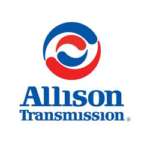 ALLISON
ALLISON BENDIX
BENDIX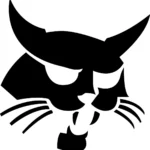 BOBCAT
BOBCAT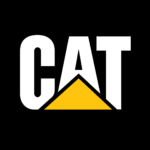 CAT
CAT CLAAS
CLAAS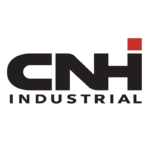 CNH
CNH DAF
DAF DETROIT
DETROIT EATON
EATON FREIGHTLINER
FREIGHTLINER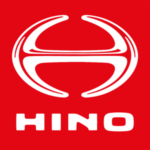 HINO
HINO HITACHI
HITACHI ISUZU
ISUZU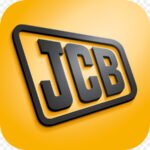 JCB
JCB JOHN DEERE
JOHN DEERE JPRO
JPRO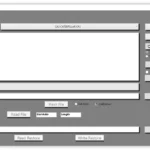 MAGIC TUNER
MAGIC TUNER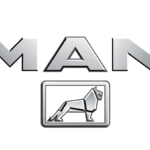 MAN
MAN Navistar
Navistar PACCAR
PACCAR PERKINS
PERKINS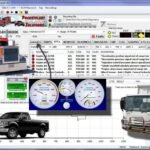 PF DIAGNOSE
PF DIAGNOSE PSI POWERLINK
PSI POWERLINK RENAULT
RENAULT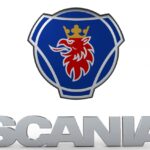 SCANIA
SCANIA THERMO KING
THERMO KING UD NISSAN
UD NISSAN VOLVO
VOLVO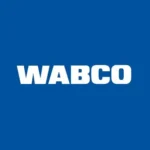 WABCO
WABCO ZF TESTMAN
ZF TESTMAN
 BELL
BELL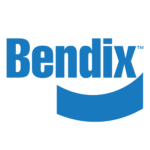 BENDIX
BENDIX BOBCAT
BOBCAT CARRIE
CARRIE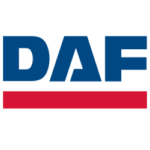 DAF
DAF DETROIT
DETROIT EATON
EATON FUSO
FUSO MACK
MACK
 Cumminz
Cumminz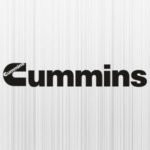 ISB4.5 CM2150
ISB4.5 CM2150 All Engines (2017 Emissions)
All Engines (2017 Emissions) PACCAR
PACCAR
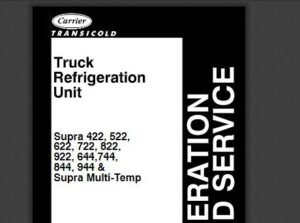
![The DOOSAN DIAGNOSTIC TOOL T3 EDC7 00.12 [2022.11], launched in December 2022, is a comprehensive solution for diagnosing and maintaining Doosan heavy equipment. It is designed to enhance operational efficiency and reduce downtime for technicians and businesses. This tool offers a variety of features, including compatibility with multiple Windows systems and support for electronic fuel injection diagnostics. Its user-friendly interface and remote installation support via TeamViewer make it accessible for both experienced and less experienced users.](https://ecmtrucks.com/wp-content/uploads/2024/08/222-300x226.png)



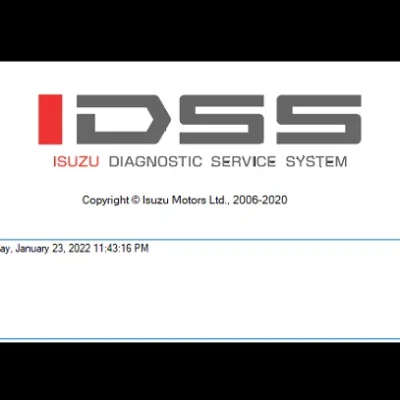
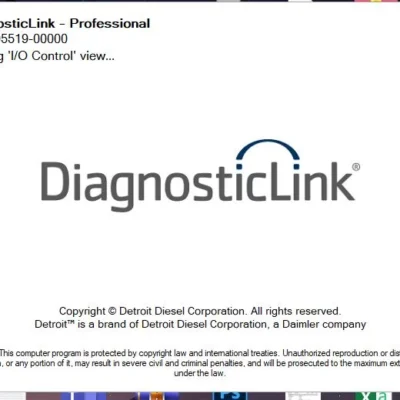


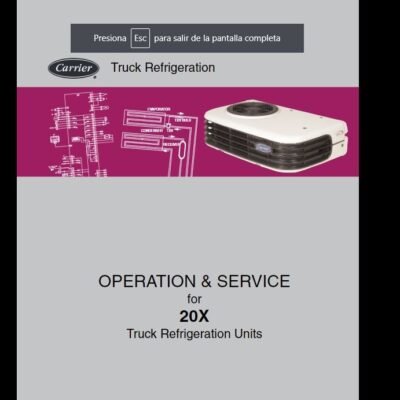
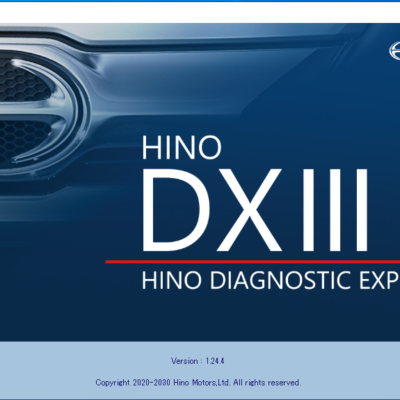

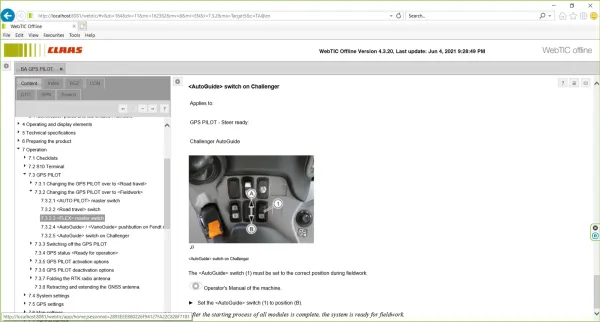
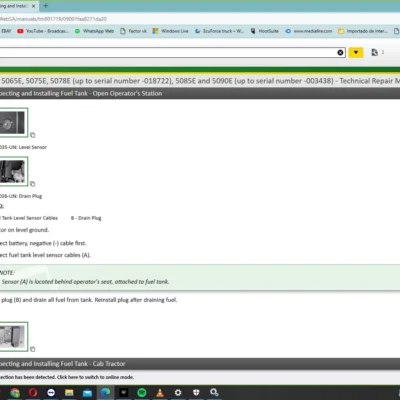
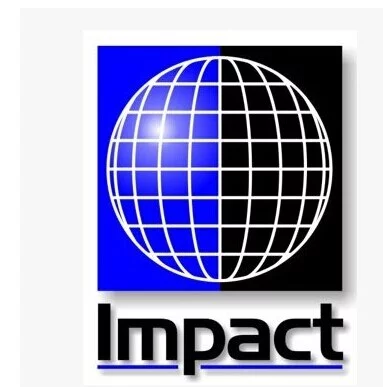
Reviews
Clear filtersThere are no reviews yet.